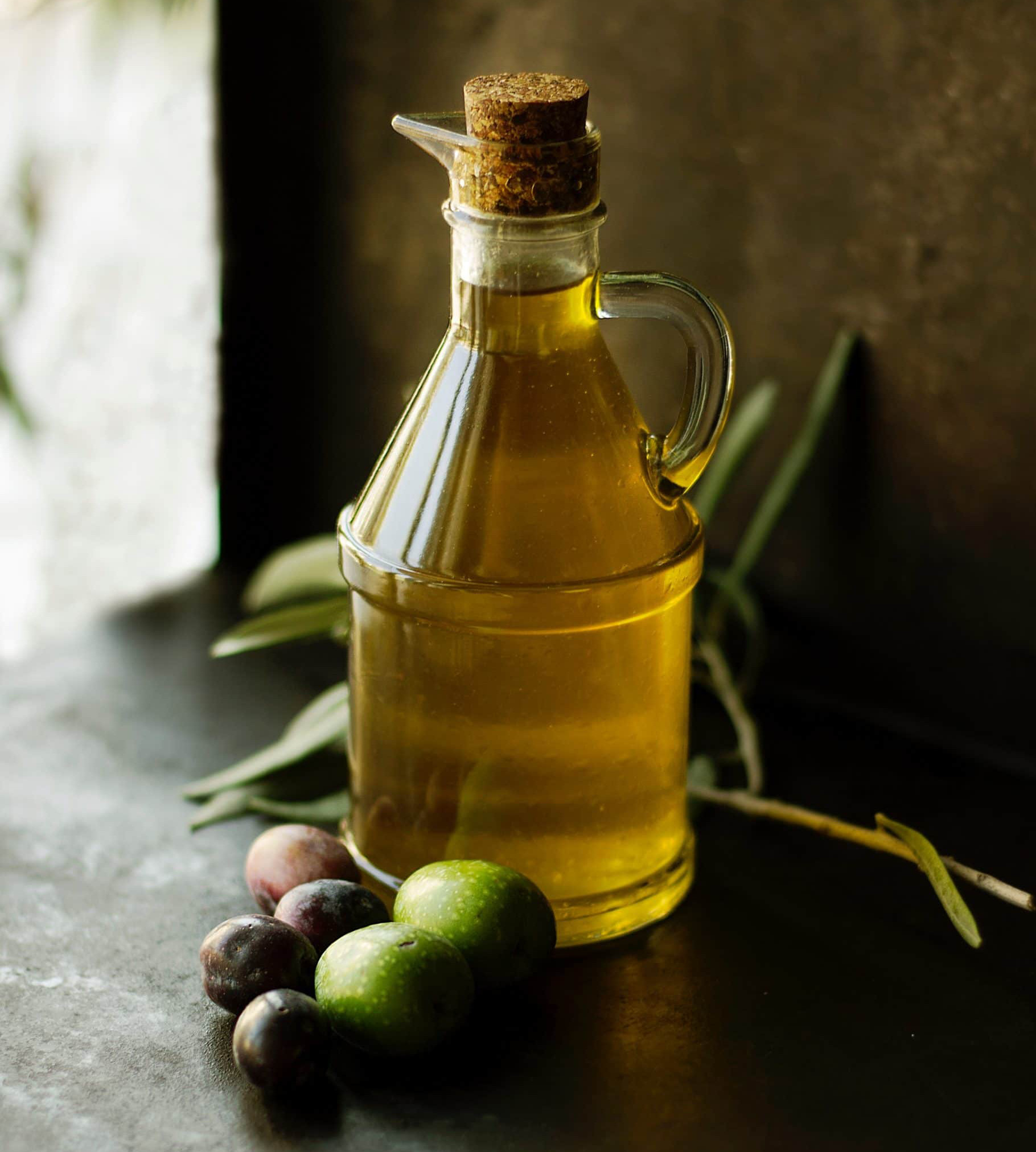From cooking meat, fish, and vegetables to dipping crusty bread, there are dozens of ways to enjoy olive oil. While its price point might cause some to shy away, there’s a lot that goes into making this oil superior that might explain the sometimes lofty cost.
How is Olive Oil Made?
Olives are harvested from their groves with large harvesting machines that shake them off of their branches and sent to a mill to be pressed into juice on the same day. Waiting too long between picking and milling gives the fruit time to go rancid, so time is of the essence.
The olives are ground into a paste to allow the natural oils to absorb flavor from the crushed olive flesh, and the paste is then spun in a centrifuge to separate the oil from the solids. The oil is then pumped into tanks where they’re sealed off from air, moisture, and light to be stored until bottling and shipping.
How Do You Identify a Good Olive Oil?
Extra Virgin (EVOO) vs. Virgin Olive Oil
The difference between extra virgin and virgin olive oil lies in its acidity level, directly influenced by how long the fruit spends off of the tree before bottling. Extra-virgin olive oil is 100% cold-pressed with a maximum of 0.8% acidity, while virgin olive oil has a maximum of 2.5% acidity. The longer it takes for olives to be milled and pressed, the lower grade the oil will be. Both of these oils are unrefined. Most commodity olive oil is of lower quality than extra virgin or virgin, and it requires heat and refinement to improve the acidity to a palatable level.
Pure Olive Oil
These heat and chemical treated oils fall under the pure olive oil category. Pure olive oil is a blend of lower-grade oil with at least 10% virgin oil. Its final acidity lies anywhere between 3% and 4%. Light and extra light olive oil contain even less virgin oil and have the weakest olive flavor. While pure olive oil doesn’t provide as robust a flavor as extra virgin, it’s much better suited for cooking due to its higher smoke point and mellow flavor.
Olive Oil and the Mediterranean Diet
Olive oil is a staple of the Mediterranean diet. Olive oil contains monounsaturated fat, the same type that is found in nuts and seeds. Monounsaturated fat can lower cholesterol levels and is considered a “healthy fat.”
The Mediterranean diet is a heart-healthy eating lifestyle inspired by the traditional foods of Mediterranean countries. Though there aren’t any strict rules to this diet, the main guidelines to follow are:
- Eat lots of fruits, veggies, whole grains, and healthy fats
- Protein should come from fish, poultry, beans, and eggs
This diet has been shown to reduce the risk of cardiovascular disease and other chronic diseases. A few ready-to-go meals from Snap Kitchen that adhere to the Mediterranean diet are:
Is Expensive Olive Oil Worth The Cost?
Olive oil can cost anywhere from $10 to hundreds. While price plays a role in indicating how “good” an oil is, you can typically follow the same rule of thumb as expensive wine. $10-$20 is a decent table olive oil, anything $20-$40 is of higher quality, and anything greater than $40-$60 can be expected to be top quality. If you purchase a bottle more expensive than that, you are either paying for artisan quality or branding.
The best way to tell if expensive olive oil is worth it is to try a few out and decide for yourself if the flavor profile matches your personal palate. While a $15 cooking olive oil may cut it for many, some simply have expensive taste. High-quality olive oil should also always have a peppery (and sometimes bitter) taste. That flavor signifies that the olive oil is newly pressed, rich in antioxidants, and low in acidity.





Leave a Reply
1 Comment
Useful content about olive oil, very brief !
Good Work !
Artem Oliva